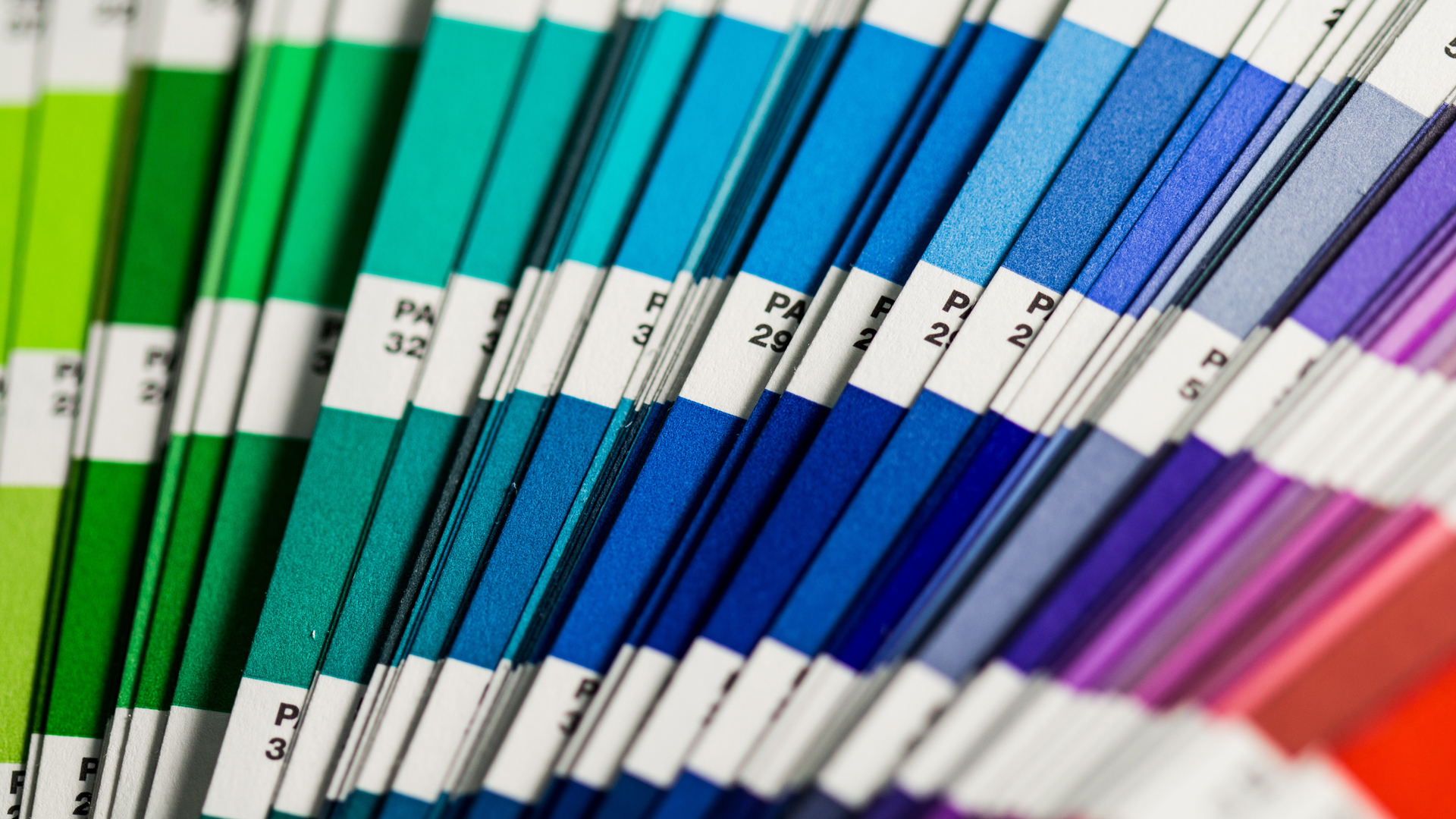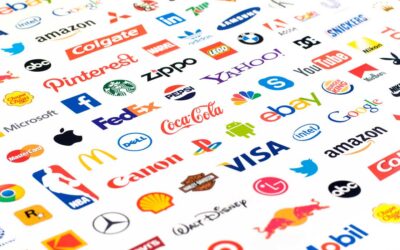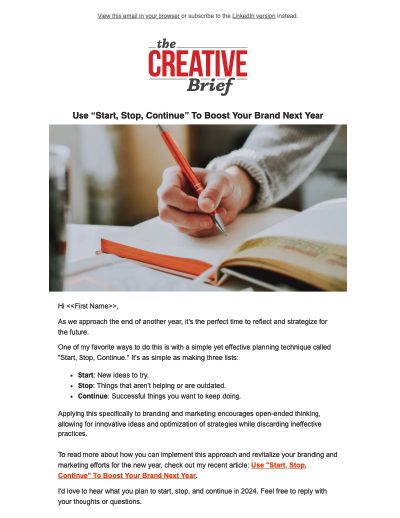Most people are unaware that colors are significant in branding because they establish the tone of the brand’s personality. Colors evoke emotional responses and create associations that customers will connect to a brand. Different colors can even create different perceptions of the same product. Choosing a suitable color scheme that conveys the desired message and resonates with the target audience is essential.
Emotional Responses and Brand Associations
Visuals, specifically color, influence your decision-making. Studies have shown that colors influence customers’ perceptions of price, quality, and taste. Different colors have different connotations, from trustworthiness to creativity, and can leave a lasting impression on the customer. So, having the right colors is essential to communicating the desired message.
Understanding Color Associations in Branding
Here’s a general overview of the associations commonly attributed to the following colors in branding:
![]() Red is often associated with passion, energy, excitement, and urgency. It can create a sense of importance and can stimulate appetite. Brands frequently use it to grab attention and convey a strong message.
Red is often associated with passion, energy, excitement, and urgency. It can create a sense of importance and can stimulate appetite. Brands frequently use it to grab attention and convey a strong message.
![]() Orange is associated with enthusiasm, creativity, and vitality. It can evoke a sense of warmth, friendliness, and approachability. Orange is often used by brands to promote energy and attract attention.
Orange is associated with enthusiasm, creativity, and vitality. It can evoke a sense of warmth, friendliness, and approachability. Orange is often used by brands to promote energy and attract attention.
![]() Yellow is associated with optimism, happiness, and warmth. It can convey a sense of positivity, joy, and friendliness. Yellow is often used to create a cheerful and inviting brand image.
Yellow is associated with optimism, happiness, and warmth. It can convey a sense of positivity, joy, and friendliness. Yellow is often used to create a cheerful and inviting brand image.
![]() Green is associated with nature, growth, and freshness. It can evoke feelings of balance, harmony, and environmental consciousness. Green is frequently used by brands related to health, sustainability, and outdoor activities.
Green is associated with nature, growth, and freshness. It can evoke feelings of balance, harmony, and environmental consciousness. Green is frequently used by brands related to health, sustainability, and outdoor activities.
![]() Blue is associated with trust, reliability, and professionalism. It can create a sense of calmness, security, and authority. Blue is commonly used by brands in finance, technology, and healthcare to establish a sense of credibility and dependability.
Blue is associated with trust, reliability, and professionalism. It can create a sense of calmness, security, and authority. Blue is commonly used by brands in finance, technology, and healthcare to establish a sense of credibility and dependability.
![]() Brown is associated with earthiness, stability, and reliability. It can evoke a sense of warmth, simplicity, and durability. Brown is often used by brands in industries like food, furniture, and natural products.
Brown is associated with earthiness, stability, and reliability. It can evoke a sense of warmth, simplicity, and durability. Brown is often used by brands in industries like food, furniture, and natural products.
![]() Magenta is associated with creativity, originality, and boldness. It can evoke a sense of individuality and uniqueness. Magenta is often used by brands that want to stand out and make a strong visual impact.
Magenta is associated with creativity, originality, and boldness. It can evoke a sense of individuality and uniqueness. Magenta is often used by brands that want to stand out and make a strong visual impact.
![]() White is associated with purity, cleanliness, and simplicity. It can create a sense of minimalism, sophistication, and neutrality. White is commonly used by brands that want to convey a fresh and modern image.
White is associated with purity, cleanliness, and simplicity. It can create a sense of minimalism, sophistication, and neutrality. White is commonly used by brands that want to convey a fresh and modern image.
![]() Gray is associated with balance, practicality, and professionalism. It can evoke a sense of sophistication, timelessness, and reliability. Gray is often used by brands that want to appear sleek, elegant, and composed.
Gray is associated with balance, practicality, and professionalism. It can evoke a sense of sophistication, timelessness, and reliability. Gray is often used by brands that want to appear sleek, elegant, and composed.
![]() Black is associated with power, elegance, and authority. It can evoke a sense of luxury, exclusivity, and strength. Black is commonly used by brands that want to convey a premium and timeless image.
Black is associated with power, elegance, and authority. It can evoke a sense of luxury, exclusivity, and strength. Black is commonly used by brands that want to convey a premium and timeless image.
Avoiding Confusion and Maintaining Credibility
Choosing the most appropriate color for your brand will help convey your brand identity to your audience. This is especially important as the wrong colors can lead to confusion and even harm your credibility. Making sure that the colors you choose align with your brand message and target audience will ensure that your brand is presented in the most effective way.




